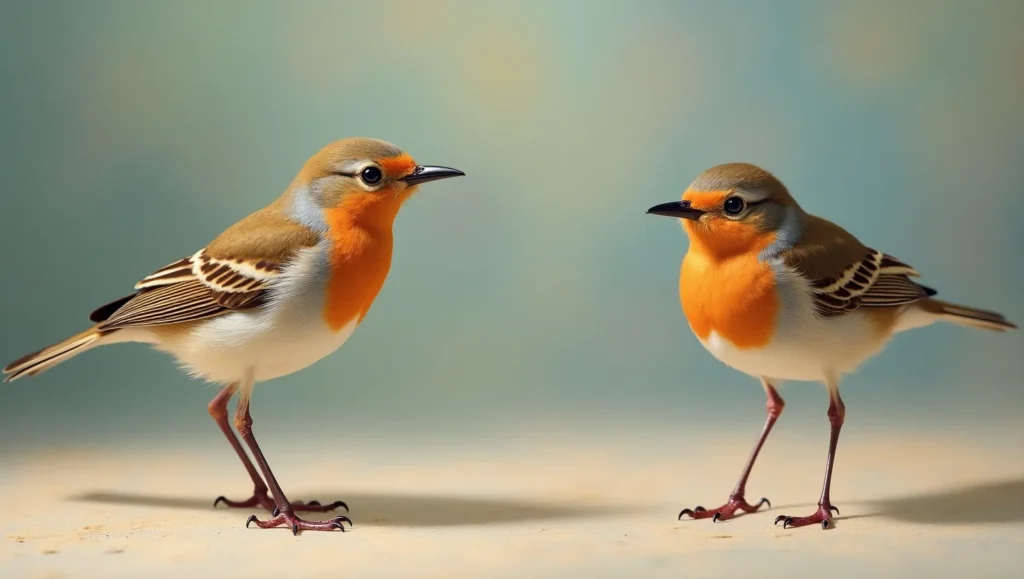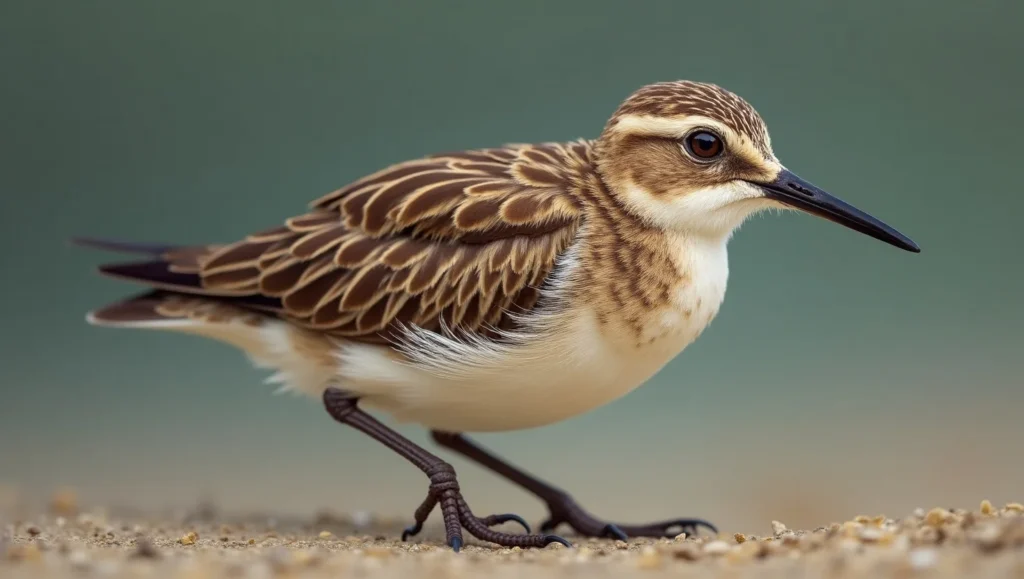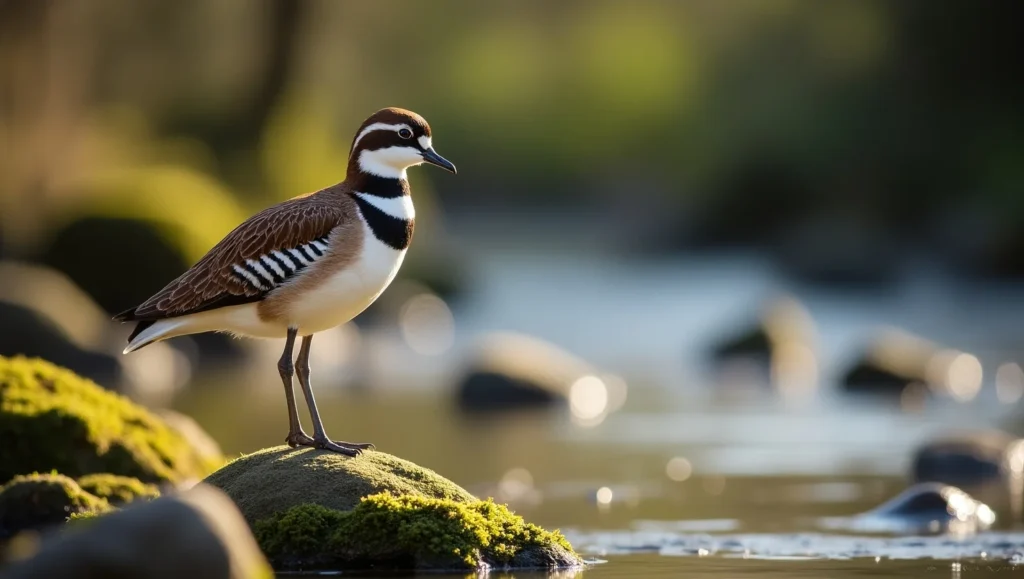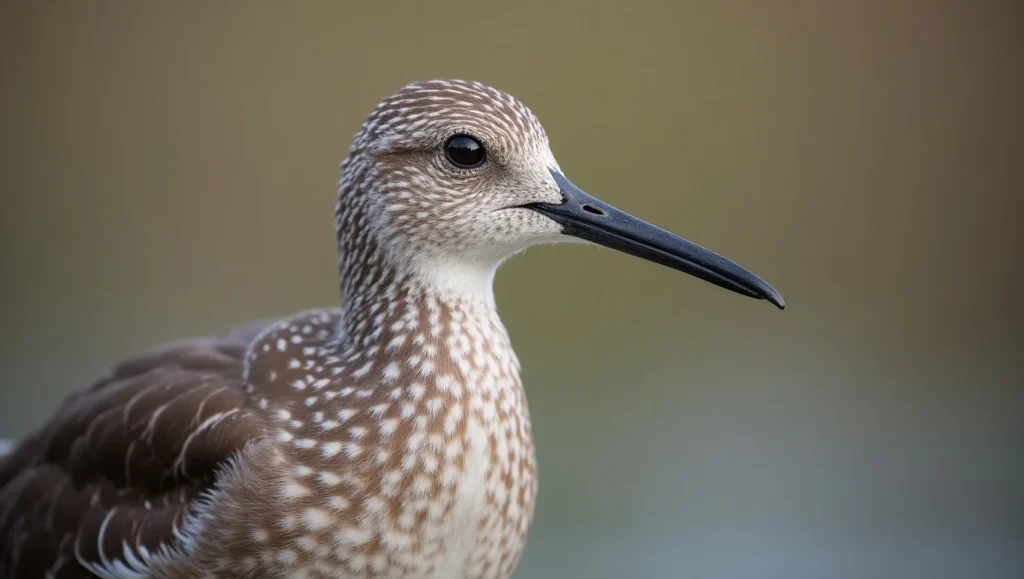Ever watched a tiny bird tiptoe through shallow water on legs that seem impossibly long? Small birds with long legs are a marvel of nature, enchanting birdwatchers across the USA with their elegance and agility.
These delicate waders, often found in wetlands or along coastlines, boast adaptations that make them stand out. This guide explores their names, behaviors, habitats, and even their quirky role in memes.
Whether you’re curious about a small brown bird with long legs or seeking pictures of birds with long legs, this comprehensive article delivers everything you need in an easy-to-read format.
Key Takeaways:
- Specialized Adaptations: Long legs and beaks allow these birds to forage in shallow water and navigate diverse terrains.
- USA Hotspots: Wetlands like the Everglades and Chesapeake Bay are prime spots to spot these birds.
- Variety of Species: From the Killdeer to the Lesser Yellowlegs, small birds with long legs thrive in North America.
- Cultural Appeal: Their unique proportions inspire bird with long legs memes, engaging online audiences.
- Conservation Urgency: Habitat loss threatens these species, making preservation efforts critical.
Why Do Small Birds Have Long Legs?
Long legs give small birds a survival edge. These adaptations let them wade through shallow water to hunt for food like insects, crustaceans, and small fish. Their legs act like stilts, keeping their bodies dry while they probe muddy substrates.

According to ornithologist Dr. Emily Carter, “Long legs are a game-changer for small waders, letting them access resources other birds can’t reach.”
These birds thrive in wetlands, marshes, and coastal mudflats. Their legs are tailored for environments where shallow water and soft ground dominate. In the USA, you’ll spot them in places like Florida’s Everglades or California’s San Francisco Bay, where food is abundant.
Names of Small Birds with Long Legs – Top Species in the USA:
Wondering about the names of birds with long legs? Here’s a rundown of small species (under 12 inches) that grace North American landscapes. Each has unique traits that make it a birdwatcher’s delight.
| Bird Name | Size | Habitat | Key Features |
| Least Sandpiper | 5–6 in | Mudflats, marshes | Small brown bird with long legs, short beak |
| Spotted Sandpiper | 7–8 in | Rivers, lakeshores | Brown with spots, bobs tail constantly |
| Wilson’s Snipe | 10–11 in | Wetlands, bogs | Long beak, camouflaged plumage |
| Lesser Yellowlegs | 9–11 in | Ponds, tidal flats | Bright yellow legs, slender build |
| Killdeer | 8–11 in | Fields, shorelines | Double chest band, loud call |
| Stilt Sandpiper | 8–9 in | Marshes, mudflats | Long, thin legs, slightly curved bill |
| Semipalmated Plover | 6–7 in | Beaches, mudflats | Plump body, short beak |
| Dunlin | 6–9 in | Coastlines, wetlands | Curved beak, reddish-brown back |
| Wilson’s Phalarope | 8–9 in | Shallow lakes | Spins in water to stir food |
| Solitary Sandpiper | 8–9 in | Forested wetlands | Dark wings, white eye-ring |
Least Sandpiper – Meet the Tiniest Shorebird with Big Moves:
Tiny yet resilient, the Least Sandpiper is North America’s smallest shorebird, measuring just 5–6 inches. Its delicate brown plumage, speckled with white, blends perfectly with muddy marshes and coastal mudflats. Those long, thin legs allow it to scurry across wet substrates, picking at insects and small crustaceans with its short, straight beak.

Birdwatchers love its frenetic foraging style—quick steps followed by sudden pauses to probe the mud. During migration, it travels from Arctic breeding grounds to southern USA wetlands, making it a common sight in places like Florida’s Gulf Coast. Its high-pitched “creep” call adds charm to its presence, though its small size requires sharp eyes or binoculars to spot.
Spotted Sandpiper – Why This Tail-Bobbing Wader Steals the Show:
Known for its quirky tail-bobbing, the Spotted Sandpiper is a 7–8-inch shorebird that dances along rivers and lakeshores. Its brown upperparts and white underbelly, dotted with dark spots in summer, make it easy to identify. Those long legs help it navigate rocky shores and shallow waters, where it teases out insects, small fish, and crustaceans.
Unlike many waders, it’s widespread across the USA, from urban park ponds to remote streams. Its distinctive “teetering” motion—constantly tipping its tail up and down—earns it the nickname “teeter-tail.” Solitary by nature, it’s a delight to watch, especially when it takes short, fluttering flights along the water’s edge.
Wilson’s Snipe – Uncover the Hidden Master of Wetland Camouflage:
The Wilson’s Snipe, stretching 10–11 inches, is a master of camouflage with its mottled brown and buff plumage. Its long, straight beak and sturdy legs are built for probing deep into wetland mud for worms and invertebrates. Found in bogs and grassy marshes, this bird is elusive, often staying hidden until flushed, when it bursts into a zigzag flight with a raspy “scaipe” call.

Birders in the USA, especially in the Midwest’s prairie potholes, prize its secretive nature. Its courtship display, involving a “winnowing” sound from tail feathers during aerial dives, is a springtime spectacle. Those long legs ensure it can wade through mucky terrain with ease.
Lesser Yellowlegs – Bright Legs, Bold Presence in USA Wetlands:
With vibrant yellow legs that pop against its grayish-brown body, the Lesser Yellowlegs (9–11 inches) is a striking wader. Its slender build and long legs make it a graceful forager in shallow ponds and tidal flats, where it snatches insects and small crustaceans with a thin, straight beak.
Unlike its larger cousin, the Greater Yellowlegs, this species is daintier and more delicate in movement. It’s a common migrant across the USA, particularly along the Atlantic and Gulf Coasts. Its sharp “tu-tu” call echoes over wetlands, alerting birders to its presence. Those bright legs not only aid foraging but also make it a standout in any flock.
Killdeer – The Clever Bird with a Loud Call and Tricky Tactics:
The Killdeer, measuring 8–11 inches, is a charismatic bird with long legs and a bold personality. Its brown back, white belly, and two black chest bands are unmistakable, as is its piercing “kill-deer” call. Unlike most waders, it prefers open fields, gravel lots, and shorelines over deep wetlands.

Those legs power its speedy sprints to chase insects or distract predators with a clever “broken-wing” display, luring threats from its ground nest. Found across the USA, from rural farms to urban parks, it’s a favorite for its adaptability and vocal nature. Its large, dark eyes add an endearing touch to its lively demeanor.
Stilt Sandpiper – Discover the Elegant Wader with Stilt-Like Grace:
Elegant and understated, the Stilt Sandpiper (8–9 inches) boasts long, thin legs that give it a delicate, stilt-like appearance. Its grayish-brown plumage, with a slightly curved bill, blends into marshes and mudflats where it forages for invertebrates. Those legs allow it to wade deeper than smaller sandpipers, targeting prey in soft mud.
During breeding season, its belly develops a barred pattern, adding subtle beauty. Common in the USA’s central flyway during migration, it’s often seen in mixed flocks with other shorebirds. It’s quiet, low “whu” call is easy to miss, but its graceful movements make it a birder’s gem.
Semipalmated Plover – The Plump Coastal Runner You’ll Love Spotting:
The Semipalmated Plover, a plump 6–7-inch bird, charms with its short beak and long legs. Its brown back, white underparts, and single black chest band resemble a miniature Killdeer. Named for the partial webbing between its toes, it scurries across beaches and mudflats, snatching insects and small crustaceans.
Those legs fuel its stop-and-go foraging style—darting, pausing, then pecking. A regular on USA coastlines, especially during migration, it’s easy to spot in places like Cape May, New Jersey. Its whistled “chu-wee” call adds a cheerful note to sandy shores, making it a coastal favorite.
Dunlin – How This Tiny Wader Dominates Coastal Flocks:
The Dunlin, ranging 6–9 inches, is a small but mighty wader with a distinctive curved beak and long legs. Its reddish-brown back in summer fades to gray in winter, blending with coastlines and wetlands. Those legs power its busy foraging, as it probes mud for crustaceans and insects with rapid, sewing-machine-like pecks.

A key species in the USA’s migratory flyways, it forms massive flocks on coastal mudflats, creating a mesmerizing sight. Its soft “kree” call is subtle, but its sheer numbers during migration make it hard to miss. The Dunlin’s adaptability ensures it thrives in diverse wetland habitats.
Wilson’s Phalarope – The Spinning Wader That Defies Expectations:
Unique among waders, the Wilson’s Phalarope (8–9 inches) spins in circles on shallow lakes to stir up food. Its long legs and needle-like beak let it snatch insects and small crustaceans from the water’s surface. Females sport brighter gray and chestnut plumage, while males are duller, reflecting a rare role reversal where females compete for mates.
Found in the USA’s western prairies during breeding season, it migrates to South America in winter. Those legs enable its signature spinning, creating tiny whirlpools that surface prey. Birders adore its delicate beauty and unusual behavior, especially in places like Utah’s Great Salt Lake.
Solitary Sandpiper – Why This Lone Wader Prefers Quiet Retreats:
True to its name, the Solitary Sandpiper (8–9 inches) prefers quiet, forested wetlands over crowded shores. Its dark wings, white eye-ring, and long legs create a distinctive look as it wades alone, picking insects and small crustaceans with a straight beak.
Those legs allow it to navigate muddy pools and shaded streams, where it bobs its tail like a Spotted Sandpiper. A migrant across the USA, it’s often seen in small, wooded ponds rather than open mudflats. Its high, whistled “peet-weet” call echoes through tranquil habitats, making it a serene find for patient birdwatchers.
3 Small Birds with Long Legs and Long Beaks:
A small bird with long legs and a long beak is a foraging powerhouse. The beak acts like a precision tool, probing deep into mud or water. Species like the Wilson’s Snipe and Stilt Sandpiper excel here, their beaks complementing their legs for efficient hunting.
Standout Species:
- Wilson’s Snipe: Its long, straight beak digs into wet soil for worms and insects. Its zigzag flight pattern adds flair.
- Stilt Sandpiper: A slender beak curves slightly, perfect for picking invertebrates from mudflats.
- Dunlin: This tiny bird’s curved beak targets small crustaceans along coastlines.
These birds prove that long legs and beaks are a winning combo, letting them thrive in competitive ecosystems.
3 Common Birds with Long Legs and Long Neck:
A bird with long legs and a long neck radiates elegance. While most small waders have short necks, some, like the Black-necked Stilt, stretch the definition with slender necks that enhance their poise.
Notable Examples:
Black-necked Stilt: Its long pink legs and slim neck create a statuesque look.
American Avocet: A slender neck pairs with an upturned bill for a graceful silhouette.
Willet: Slightly larger, its longer neck aids foraging in deeper water.
These birds are favorites for their ballet-like movements, especially in shallow lakes.
Conclusion:
Small birds with long legs are nature’s delicate dancers, wading through wetlands with unmatched grace. From the Least Sandpiper’s subtle charm to the Black-necked Stilt’s bold presence, they captivate birders and casual observers alike.
Laugh at a bird with long legs meme, snap photos at a local marsh, or advocate for wetland conservation there’s a way for everyone to connect with these waders. Grab your binoculars, visit a USA hotspot, and discover their magic firsthand.
Read More:
- Must Read: 20 Owls in Africa – Most Mysterious Species!
- Must Read: Guide to Lutino Cockatiel – Price, Lifespan, and More!
- Must Read: Top 10 Mythical Birds and Creatures!
